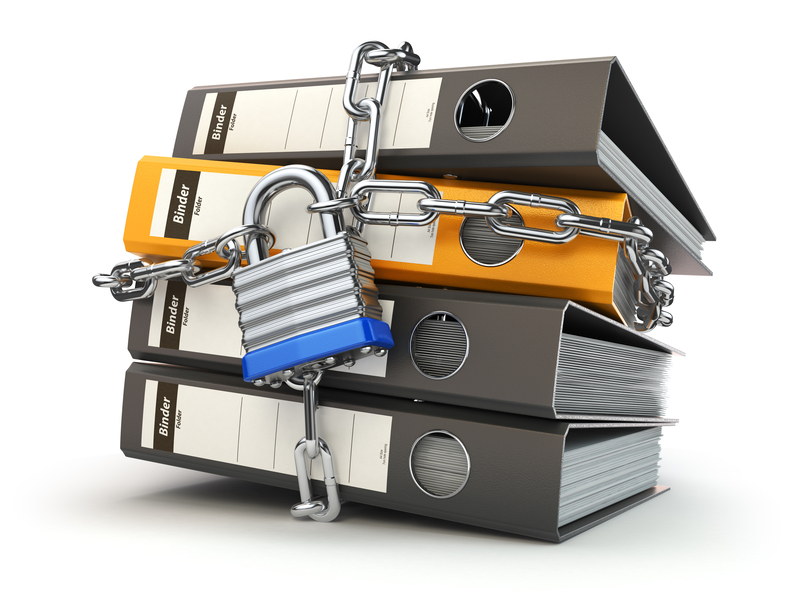Office Move Essentials Checklist
Posted on 10/09/2024
Moving an office is a complex process that involves careful planning and execution. Whether you're moving to a larger space to accommodate growth or relocating for strategic reasons, having a comprehensive checklist is crucial. This guide will walk you through the essential steps to ensure a smooth and efficient office move.
1. Planning Your Office Move
Before you start packing boxes, it's essential to have a detailed plan in place.

1.1 Set a Timeline
Establish a timeline for your move. Consider factors such as lease terms, business cycles, and staff availability.
1.2 Assign a Move Coordinator
Appoint a dedicated move coordinator to oversee the process. This person will act as the primary point of contact and ensure that all tasks are completed on schedule.
1.3 Create a Budget
Develop a budget that covers all moving-related expenses, such as packing materials, moving services, and any potential downtime.
2. Assess Your New Office Space
Visit the new office location multiple times to familiarize yourself with the layout and identify any potential issues.
2.1 Floor Plan and Space Allocation
Obtain a detailed floor plan and allocate spaces for different departments. Ensure there is adequate space for meeting rooms, break areas, and storage.
2.2 IT Infrastructure
Assess the IT infrastructure of the new office. This includes internet connectivity, power outlets, and server room requirements.
3. Communicate with Stakeholders
Inform all stakeholders about the upcoming move well in advance.
3.1 Notify Employees
Communicate with employees about the move and provide them with a detailed schedule. Address any concerns and provide support as needed.
3.2 Inform Clients and Partners
Notify clients, suppliers, and other business partners about your office move. Update your contact information on all platforms, including your website and social media.
3.3 Update Address
Update your address with relevant authorities, including the post office, banks, and service providers.
4. Organize and Declutter
Moving is an excellent opportunity to declutter and organize your office.
4.1 Inventory Management
Conduct a thorough inventory of all office equipment, furniture, and supplies. Decide what to keep, sell, donate, or dispose of.
4.2 Labeling and Packing
Label all boxes clearly to ensure they are unpacked in the correct locations. Use sturdy packing materials to protect fragile items.
5. Hire Professional Movers
Engage a professional moving company to handle the logistics of your move.
5.1 Get Quotes
Obtain quotes from multiple moving companies and compare their services and rates.
5.2 Check Credentials
Verify the credentials and reputation of the moving companies. Ensure they have insurance coverage to protect your assets.
6. Prepare IT and Utilities
Ensure that your IT systems and utilities are set up and ready to go in your new office.
6.1 Backup Data
Backup all critical data before the move to prevent any loss during transit.
6.2 Set Up Workstations
Arrange for the setup of workstations, computers, and other IT equipment in the new office.
7. Post-Move Checklist
Once you've moved into your new office, there are still a few tasks to complete.
7.1 Unpack and Organize
Unpack and organize your office according to the floor plan. Ensure all departments have their designated spaces.
7.2 Test Systems
Test all systems, including IT, telecommunications, and utilities, to ensure they are functioning correctly.
Pros and Cons of an Office Move
Pros:
- Improved Space: A new office may offer more space and better amenities.
- Boosted Morale: A fresh environment can boost employee morale and productivity.
- Strategic Location: Relocation can place you closer to clients, partners, or a desired talent pool.
Cons:
- Cost: Moving can be expensive, considering all associated expenses.
- Disruptions: The move can disrupt business operations and cause temporary downtime.
- Adjustment Period: Employees may need time to adjust to the new environment.
Tips for a Successful Office Move
1. Plan Early:
Start planning your move at least 3-6 months in advance to avoid last-minute rushes.
2. Delegate Tasks:
Divide tasks among team members to ensure nothing is overlooked.
3. Communicate Openly:
Keep open communication with all stakeholders to manage expectations and address concerns.
4. Use Professional Services:
Hiring professional movers can save you time and effort, ensuring a more seamless transition.

Key Takeaways
- Planning is Crucial: A detailed and well-thought-out plan helps streamline the moving process.
- Effective Communication: Informing all stakeholders early on helps prevent misunderstandings and disruptions.
- Professional Assistance: Engaging professionals can mitigate risks and ensure a smooth move.
Conclusion
An office move can be a challenging yet rewarding endeavor. With the right planning, communication, and execution, you can minimize disruptions and maximize the benefits of your new workspace. Use this essential checklist to navigate the complexities of your office move and set your business up for continued success.



















